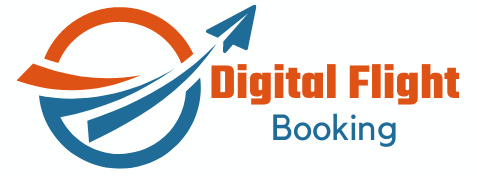DOT launches formal probe of frequent flyer programs
The U.S. Department of Transportation launched a formal investigation on Thursday into the frequent flyer programs of the four biggest domestic airlines, targeting what the department described as the “fairness, transparency, predictability, and competitiveness of airlines’ rewards programs.”
In a letter to the airlines, seen by TPG, Secretary of Transportation Pete Buttigieg Pete Buttigieg called on the carriers to provide substantial records and information about the programs.
Want more airline-specific news? Sign up for TPG’s free biweekly Aviation newsletter.
“These programs can shape how customers interact with airlines,” Buttigieg said in the letter, “and many Americans reportedly have point balances substantial enough that they amount to part of their savings.”
The four airlines included in the probe are American Airlines, Delta Air Lines, United Airlines and Southwest Airlines.
The formal probe comes nearly nine months after the DOT first launched a preliminary investigation into potential unfair or deceptive practices within the programs, and follows a hearing on rewards programs in Washington, D.C. this spring, which was held jointly by the DOT and the Consumer Financial Protection Bureau.
In an order attached to Thursday’s letter, the DOT laid out requests for a wide range of specific information and details, offering a glimpse into the direction the investigation will take. A template of the full letter and attached order can be viewed at the bottom of this story.
The order called on the airlines to detail the complete details of earning and redeeming awards, how valuations are set, fees that passengers pay and the specifics of the agreements with co-branded credit card partners. Airlines were also instructed to detail and explain every change made to its rewards program between July 31, 2018 and this summer.
Rewards programs have become increasingly important parts of the U.S. airline business model in recent years, adding in some cases billions of dollars annually to carriers’ bottom lines.

Daily Newsletter
Reward your inbox with the TPG Daily newsletter
Join over 700,000 readers for breaking news, in-depth guides and exclusive deals from TPG’s experts
The bulk of that revenue comes from selling miles in bulk to their banking partners, which issue cobranded credit cards. The banks pay airlines for the miles, which they distribute to cardholders as rewards for spending.
Value check: Are airline credit cards worth it anymore?
Airline loyalty programs have increasingly drawn the attention of federal regulators and lawmakers in recent years, as well.
Last October, Senate Judiciary Committee chair Dick Durbin (D-IL) and Sen. Roger Marshall (R-KS) called on the DOT and CFPB to detail their enforcement action of the programs amid “troubling reports that airlines are engaged in unfair, abusive, and deceptive practices with respect to these loyalty programs.”
That request came six weeks after Delta announced changes to the elite statuses in its SkyMiles frequent flyer program. Those changes, some of which the airline partially walked back while leaving others in place, drew customer ire and served to underscore the unilateral control that the airlines hold over the programs, along with the few restrictions or regulatory statutes surrounding them.
Durbin and Marshall, along with other legislators, have separately sponsored legislation that would affect the payment networks used by some credit card issuers. Airlines and issuers have lobbied against the legislation (as has The Points Guy, citing the possibility that rewards programs would be negatively impacted by the proposed law).
Spokespeople for American and United deferred comment to Airlines for America, the U.S. airline trade organization and lobbying group. The other airlines did not immediately return TPG’s request for comment, nor did Airlines for America.
DOT Template Letter on Airline Rewards Inquiry by David Slotnick on Scribd
(function() { var scribd = document.createElement(“script”); scribd.type = “text/javascript”; scribd.async = true; scribd.src = “https://www.scribd.com/javascripts/embed_code/inject.js”; var s = document.getElementsByTagName(“script”)[0]; s.parentNode.insertBefore(scribd, s); })();
Related reading:

